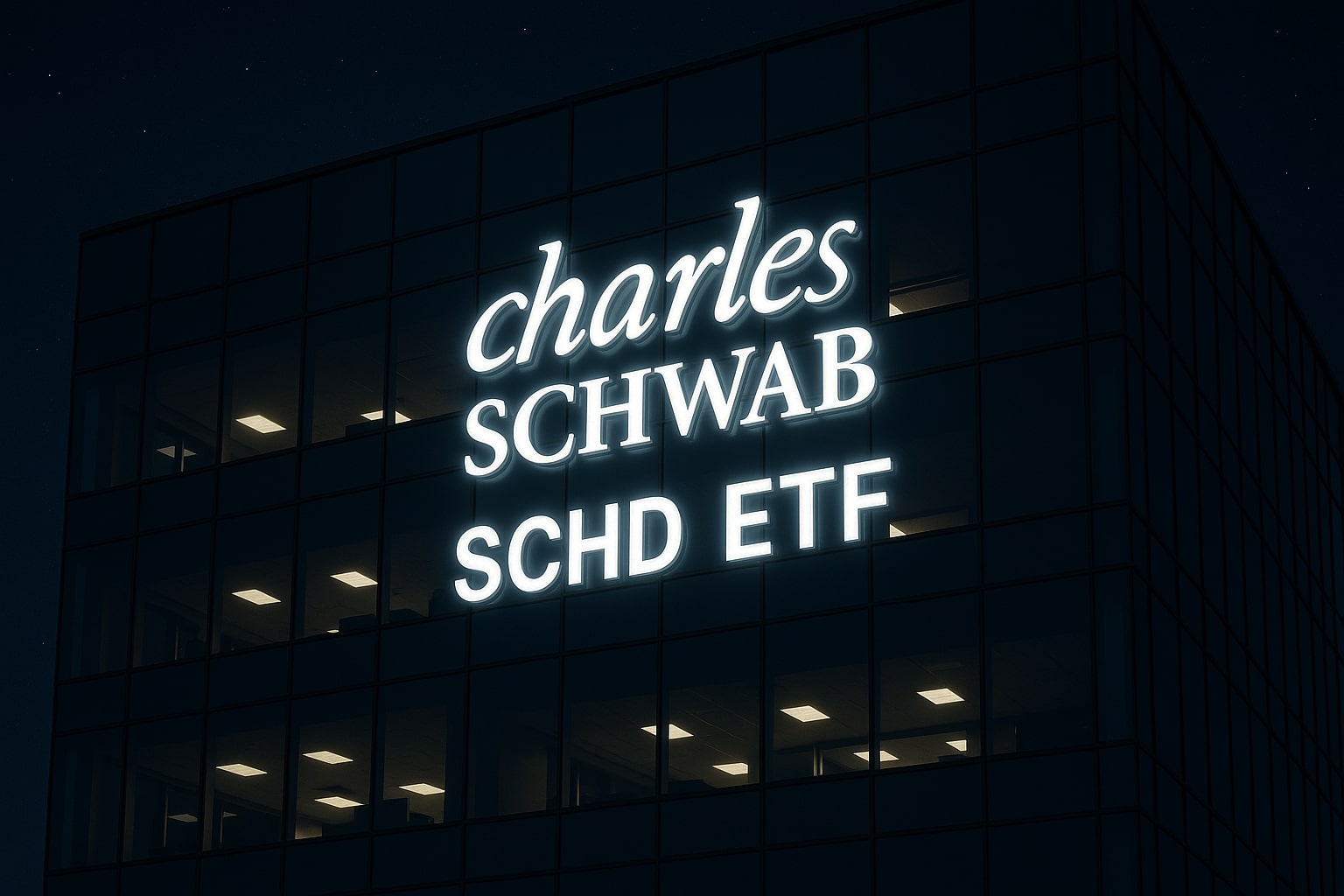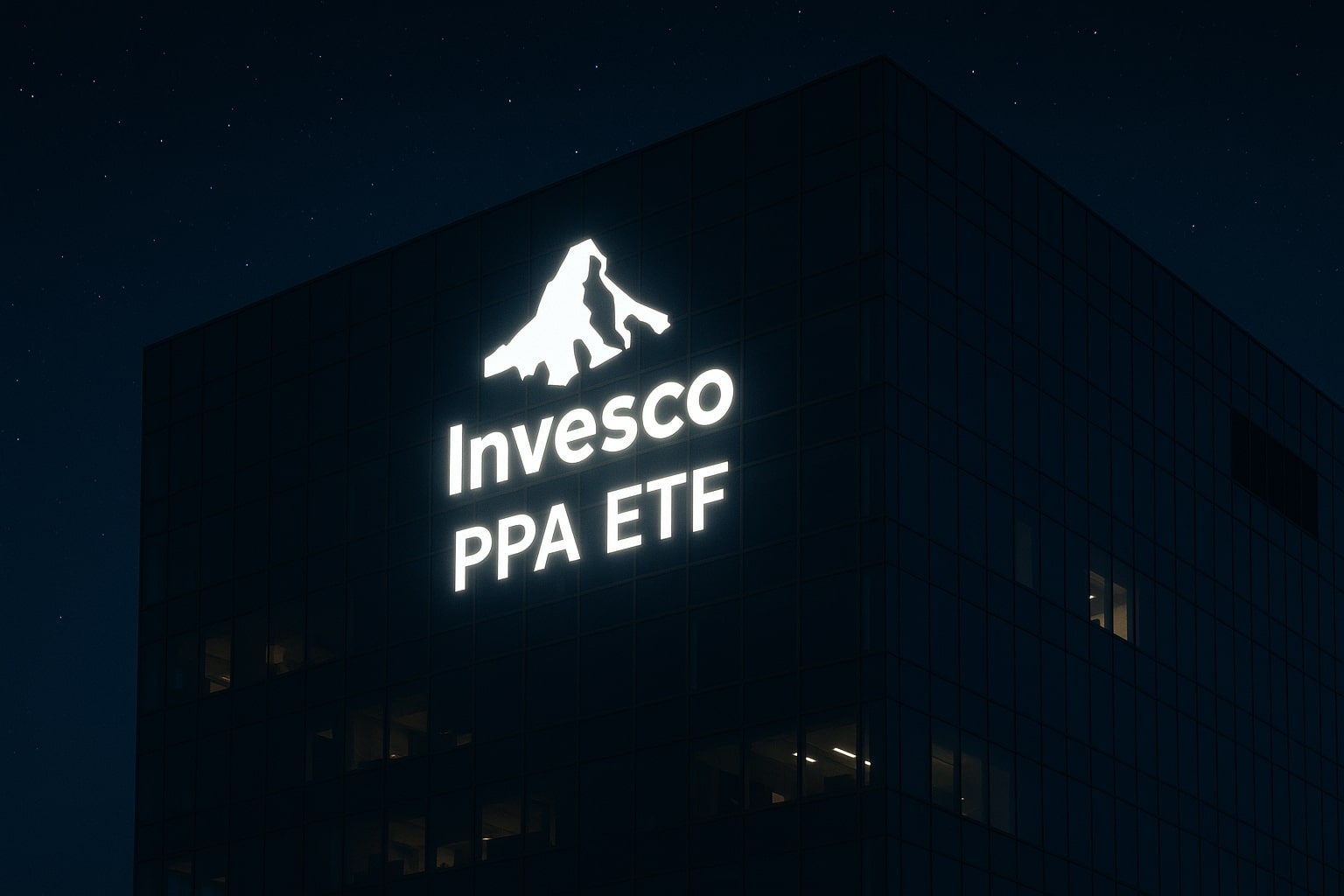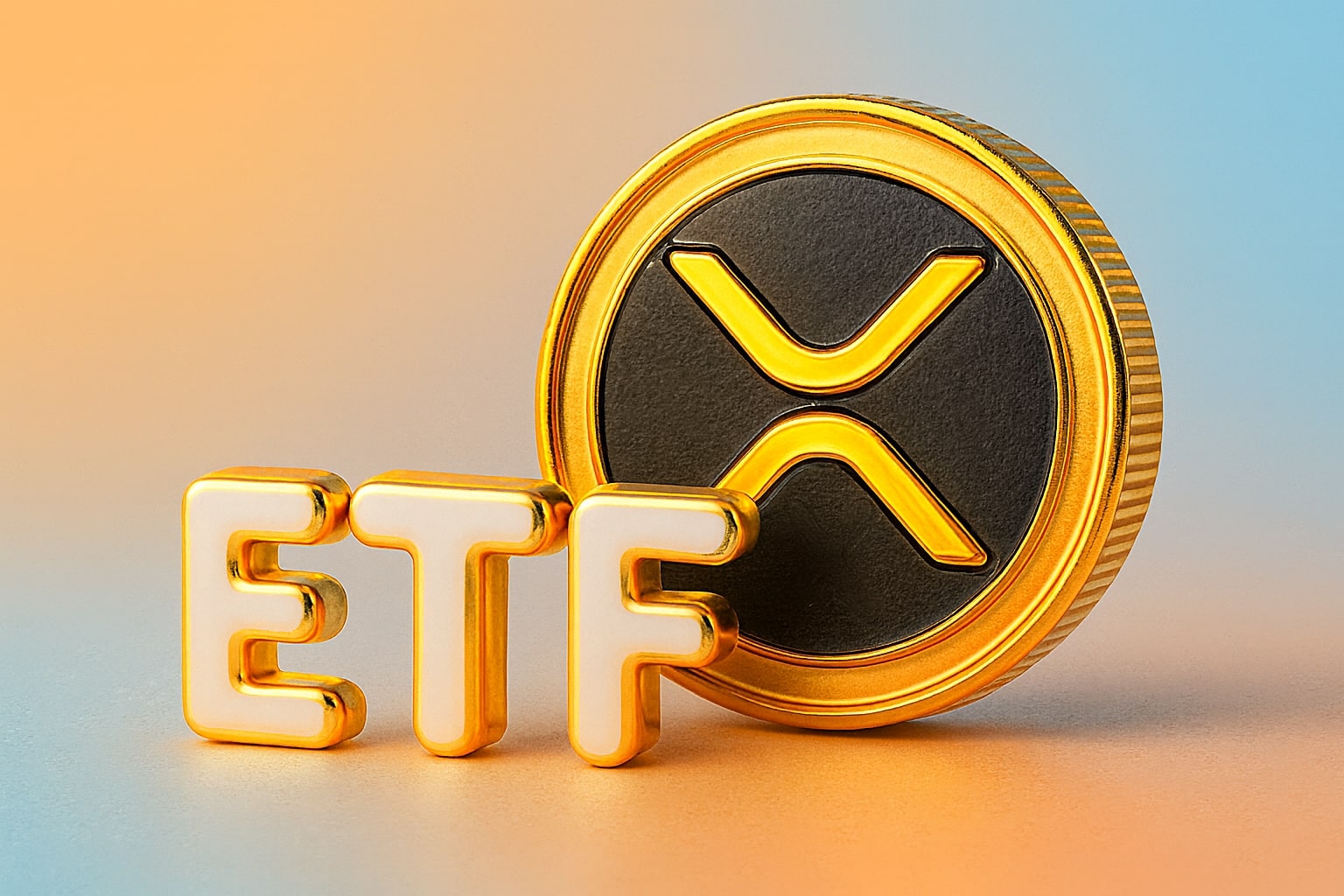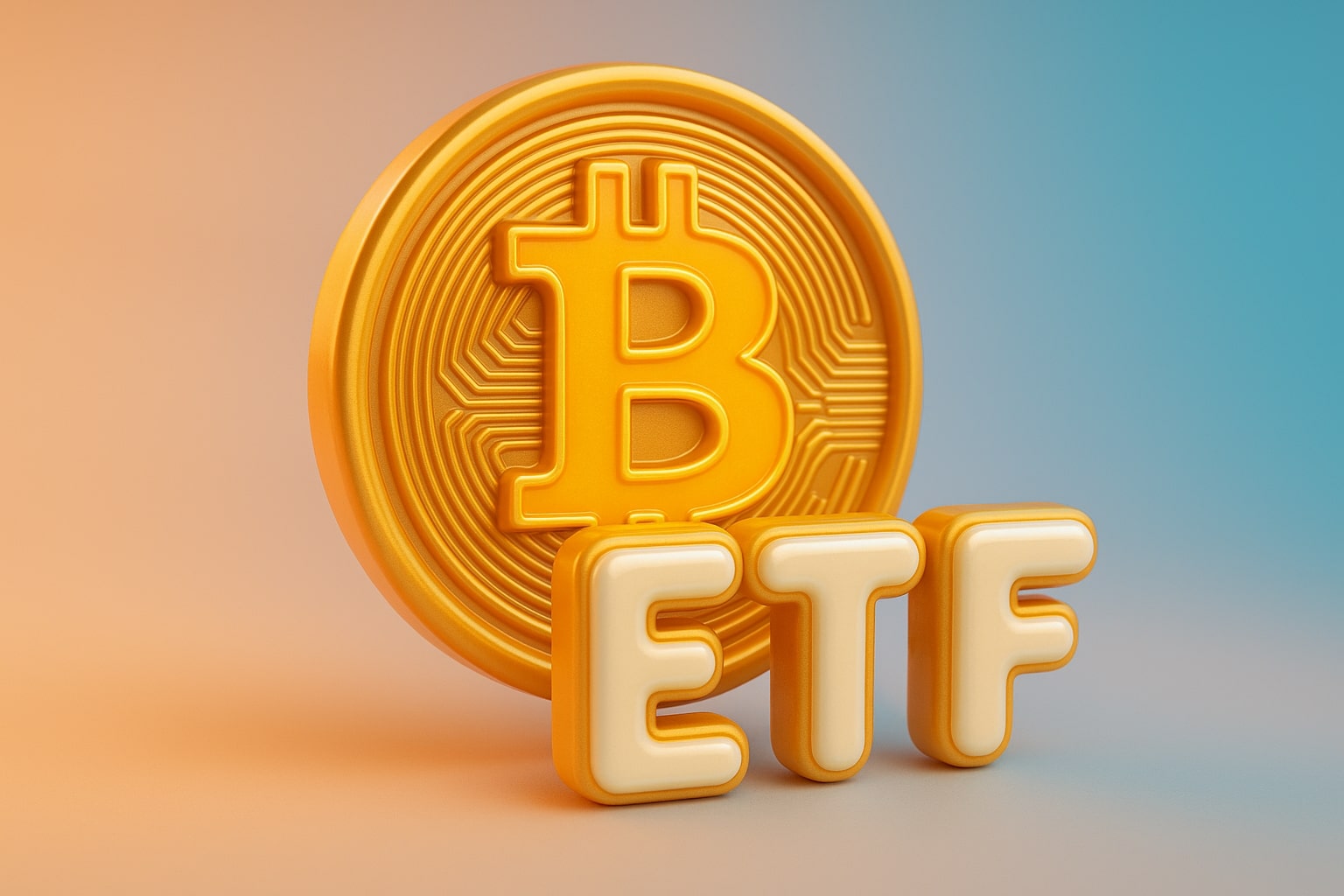Best Bond ETF To Buy
Top Bond ETFs to Enhance Your Investment Portfolio
Security trade exchanged reserves (ETFs) are monetary items that put basically in bonds. Like security shared reserves, they hold arrangement of securities carrying out different techniques. These procedures might incorporate a different blend of security types like U.S. Depositories and high return bonds, and varying holding periods from long haul to short-term.Bond ETFs frequently track explicit bond files, in this way giving financial backers an approach to secure a differentiated arrangement of bonds without the requirement for dynamic administration latently.
Bond ETFs come in different organizations, offering financial backers a scope of choices in light of their inclinations. Some security ETFs give openness to the whole security market, while others center around unambiguous market fragments, for example, venture grade or momentary securities.
top bond ETFs to consider for your investment portfolio, along with detailed insights and analysis.
1: Core Bond ETFs
- Vanguard Total Bond Market ETF (BND)
Vanguard Complete Security Market ETF (BND) is a widely popular choice among long-term investors. By monitoring the Grafted Bloomberg U.S. Total Float Changed List, which includes more than 10,000 government, organization, and investment grade corporate securities, this ETF gives broad accessibility to the U.S. security market.
As of right now, BND offers a weighted-normal respect Yield of 4.3%The ETF also has a 6.5-year average length, which is reasonable. It's important to remember that, assuming all other factors remain constant, BND might really experience a 6.5% decline in value if financing costs were to increase by one percentage point.
- iShares Core US Aggregate Bond ETF (AGG)
Vanguard Complete Security Market ETF (BND) is a broadly well-known decision among long-haul financial backers. By checking the United Bloomberg U.S. Absolute Float Changed Rundown, which incorporates in excess of 10,000 government, association, and speculation level corporate protections, this ETF gives expansive admittance to the U.S. security market.
As of this moment, BND offers a weighted-typical regard Yield of 4.3%The ETF likewise has a 6.5-year normal length, which is sensible. It's memorable's vital that, expecting any remaining variables to stay consistent, BND could encounter a 6.5% decrease in esteem in the event that funding costs were to increment by one rate point.
2: Treasury Bond ETFs
- The US Treasury 2 Year Note ETF (UTWO)
UTWO is an example of a distinctive and cutting-edge class of investment instruments called single-bond ETFs. UTWO is a bond exchange-traded fund (ETF) that holds only the current U.S. two-year Treasury note, as opposed to other bond ETFs that hold a diverse variety of issuers and maturities.
UTWO can provide traders and investors with accurate exposure to particular yield-curve plays thanks to this unique strategy. UTWO gives investors looking to profit from particular market dynamics a targeted investing strategy by focusing just on the two-year Treasury note.
The simplicity and liquidity that the ETF format of UTWO provides to investors seeking exposure to Treasury bonds is a noteworthy benefit. Investors can easily access Treasury exposure using UTWO rather than scouring government websites. The fund's assets under management (AUM), which stand at $332.8 million, have increased significantly. Additionally, UTWO keeps its expenditure ratio at 0.15%, guaranteeing investors cost-effectiveness. - iShares U.S. Treasury Bond ETF (GOVT)
GOVT, an ETF that provides exposure to a diversified portfolio of Treasurys, offers investors an opportunity to benefit from this stability. With a yield to maturity of 4.2% and a duration of 6.2 years, GOVT presents an attractive option for those seeking reliable income and capital preservation.
3: Corporate Bond ETFs
- iShares iBoxx $ Investment Grade Corporate Bond ETF (LQD)
LQD has a longer duration and yield to maturity than GOVT, which are 5.3% and 8.5 years, respectively. A quarter of the fund's bonds originate from banking-related enterprises, and 44.8% of its assets are rated A, compared to 46.1% of BBB-rated bonds. LQD levies a cost ratio of 0.14%. - SPDR Bloomberg High Yield Bond ETF (JNK)
JNK is an ETF with a high correlation to the stock market, which offers a high yield to maturity of 8.6% despite its shorter average duration of 3.6 years. JNK currently has an expense ratio of 0.4%, reflecting its focus on high-yield bonds.
4: Inflation-Protected Bond ETFs
- Schwab US TIPS ETF (SCHP)
The Schwab US TIPS ETF offers investors exposure to Treasury Inflation-Protected Securities (TIPS), which are designed to safeguard against inflation. SCHP has a duration of 6.9 years and a yield to maturity of 3.7%. SCHP presents a cost-effective choice with an expense ratio of just 0.04%.
5: Short-Term Bond ETFs
- SPDR Bloomberg 1-3 Month T-Bill ETF (BIL)
U.S. Treasury bill, or T-bill The safest type of bond. These are ultrashort fixed-income securities issued by the U.S. government with maturities of a year or less. As a result, they carry low-interest rates and minimal default risk
BIL,tracks the Bloomberg 1-3 Month U.S. Treasury Bill Index. BIL has a short duration, which insulates it from interest rate movements. Thanks to the current inverted yield curve, Treasurys with shorter maturities are yielding more than longer-dated ones. Case in point: BIL currently pays a yield to maturity of 5.3%, higher than longer-duration Treasury ETFs like GOVT. BIL charges a 0.14% expense ratio. - Vanguard Short-Term Corporate Bond ETF (VCSH)
The Vanguard Short-Term Corporate Bond ETF is a highly liquid, low-cost parking spot in terms of cash needs. We wouldn’t recommend VCSH to investors who need to maintain a steady value, but if you want liquidity plus a decent yield, this fund might do the trick. VCSH’s portfolio currently holds nearly 2,400 bonds with an average duration of 2.8 years and an average coupon rate of 3.2%. The majority carry ratings in the A to BBB zone, allowing for slightly higher yields than higher-rated AA, AAA and government bonds would offer. - Nuveen Enhanced Yield 1-5 Year U.S. Aggregate Bond ETF (NUSA)
The Nuveen Enhanced Yield 1-5 Year U.S. Aggregate Bond ETF favors fixed-income securities with the potential for higher yields and tracks the performance of the ICE BofA Enhanced Yield 1-5 Year U.S. Broad Bond Index. NUSA’s portfolio includes more than 300 bonds, including government securities, corporate debt, mortgage-backed securities, and U.S. dollar-denominated global debt. Maturities are roughly 50% in less than three-year issues, 45% in three- to five-year issues, and the balance in five- to 10-year debt. Corporate debt comprises half the fund, while the other half is split between U.S. government debt and securitized debt.
6: Municipal Bond ETFs
- Vanguard Tax-Exempt Bond ETF (VTEB)
VTEB opens a path to over 7,000 municipal bonds from across the U.S. This ETF has a high credit rating, with 20.9% in AAA and 57.6% in AA-rated municipal bonds. Currently, VTEB sports an average duration of 5.7 years, a yield to maturity of 3.4%, and an expense ratio of 0.05%.
Read More
-
SCHD ETF Price at $27: Can SCHD’s 4% Yield and 9.15% Dividend Growth Beat High-Yield Covered Call ETFs?
15.12.2025 · TradingNEWS ArchiveStocks
-
XRP ETFs Close on $1B Inflows as XRPI at $10.92 and XRPR at $15.52 Hit 52-Week Lows
15.12.2025 · TradingNEWS ArchiveCrypto
-
Natural Gas Price Forecast: NG=F Holds the $4 Floor as Oversupply Clashes with 2026 LNG Demand
15.12.2025 · TradingNEWS ArchiveCommodities
-
USD/JPY Price Forecast - Dollar to Yen At 155: Yen Strength Builds As BoJ Hike And NFP Collide
15.12.2025 · TradingNEWS ArchiveForex


















